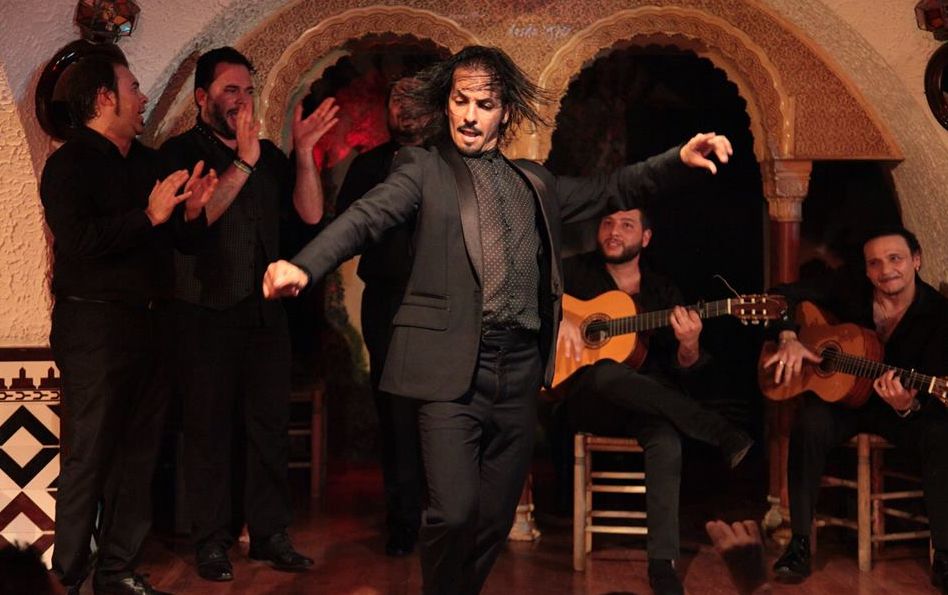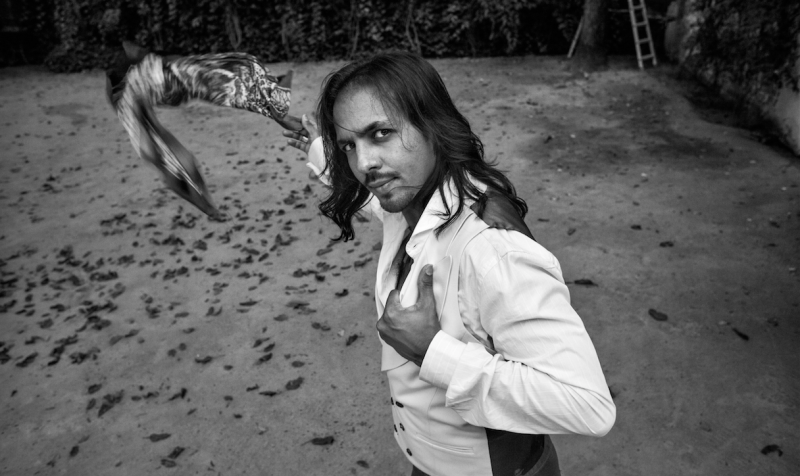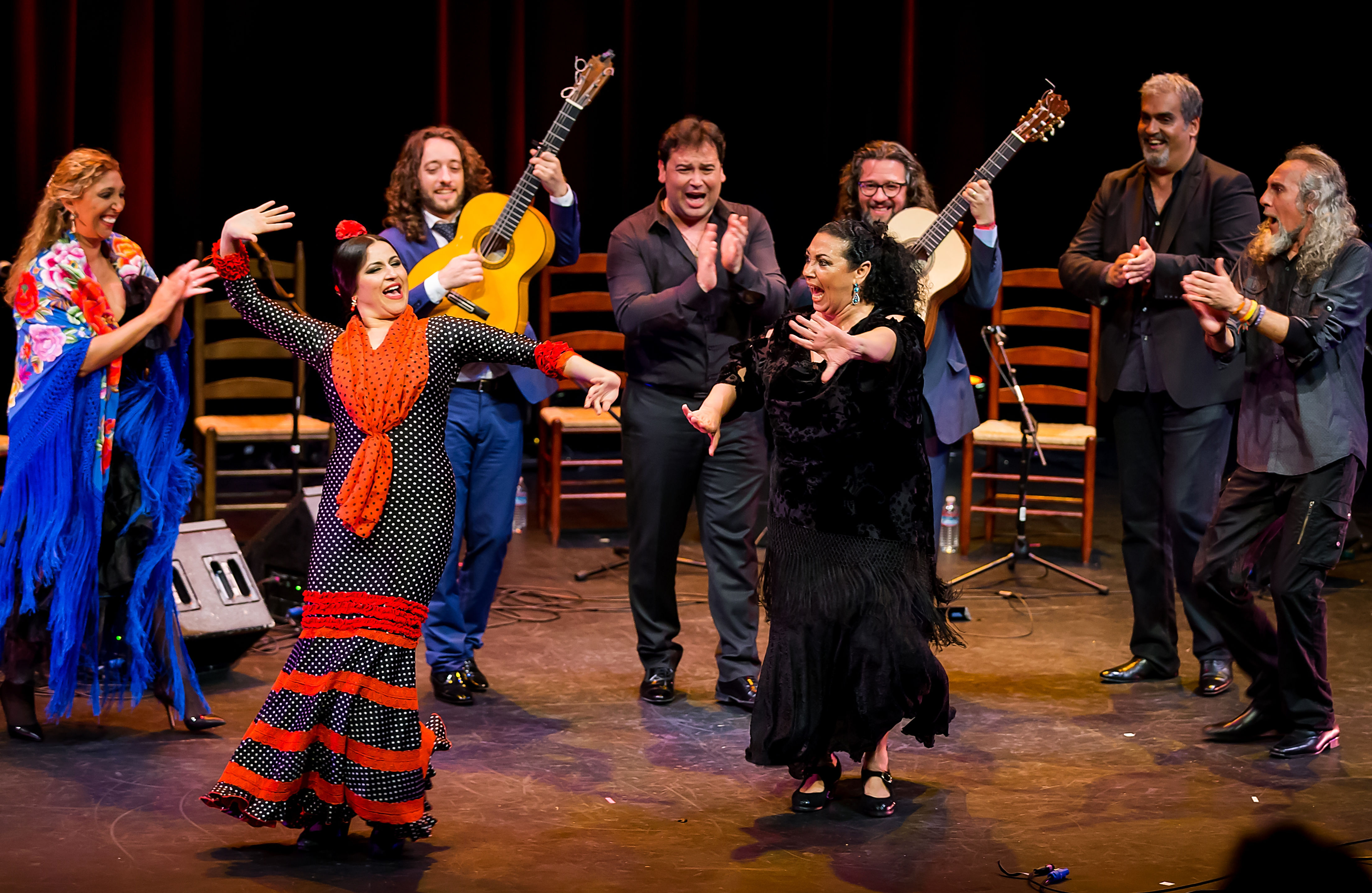Juan Manuel Fernández Montoya (or Farruquito as he is better known) is one of the most famous names in flamenco — and one of the most tragic. In 2001, the now 33-year-old performer watched his father, singer Juan Fernández Flores (“El Moreno”) die on stage while they were performing together in Argentina. Two years later, while driving recklessly in his hometown, Farruquito ran over a pedestrian and fled the scene. The victim, Benjamín Olalla, died six hours later. Farruquito spent three years in prison, and the terrible accident has permeated his outlook ever since.
The dramatic events of Farruquito’s life come across palpably in the way he performs. A dancer of small stature and agile build, his facial expressions convey as much intensity of feeling as his dancing.
Farruquito is the headline act at this year’s Bay Area Flamenco Festival. The artist has been absent from local stages since 2003 when he performed at Zellerbach Hall in Berkeley. Born into a famous flamenco dynasty, the son of dancer Rosario Montoya Manzano (“La Farruca”) and grandson of dancer Antonio Montoya Flores (“El Farruco”), Farruquito has been dancing since he was a toddler.

Farruquito’s new touring show, Improvisao (“Improvisation”) takes the performer back to his roots: “It’s a demonstration of what I’ve learned in this profession,” the artist says. “Singing, guitar, and dance fuse together with absolute freedom to create a different show every night.” In addition to his appearance in San Francisco, Farruquito is performing Improvisao around the country, with dates in New York, Boston, and Los Angeles among other major U.S. cities.
Lessons from a great
Farruquito’s chief teacher and mentor is his grandfather. El Farruco’s unique personal style — very sober, very masculine, yet very humane — gave flamenco a new face: the face of a patriarch that used dance to instill pride and value in his people. Farruquito has many stories to share about his grandfather. Once, Farruco was teaching Farruquito―then a child―the “soleá”. Soleá is a particular dance within flamenco — one of the most dramatic; its name derives from the word “soledad,” meaning “solitude.”



